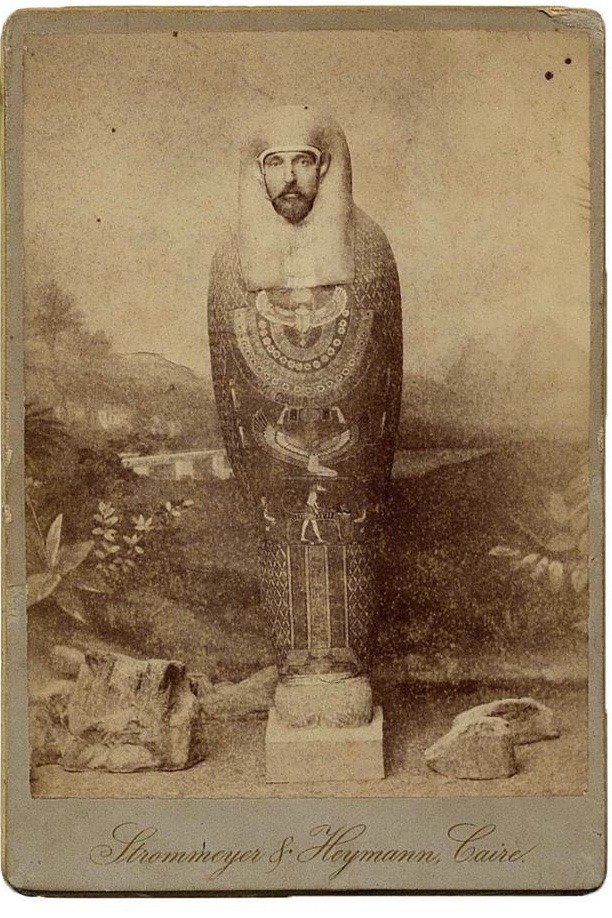1726
1727
Jerboa figurine. Date: ca. 1850–1640 B.C. Period: Middle Kingdom - Egypt. On view at The Met Fifth Avenue in Gallery 111, NY. #MuseumWeek
1729
1733
1734
1737
1738
1739
1740
1741
1743
1744
1746
1747
1749
1750
























